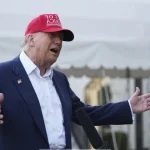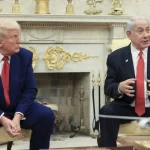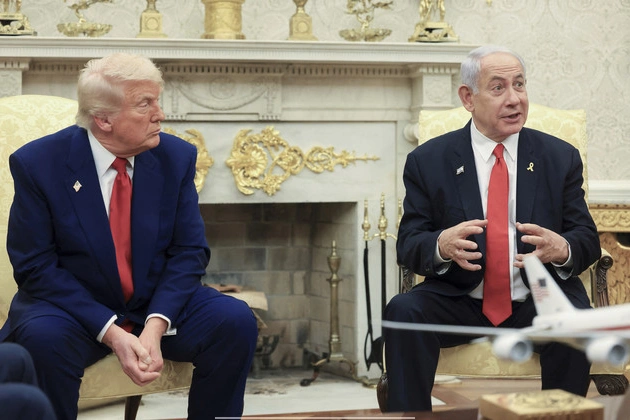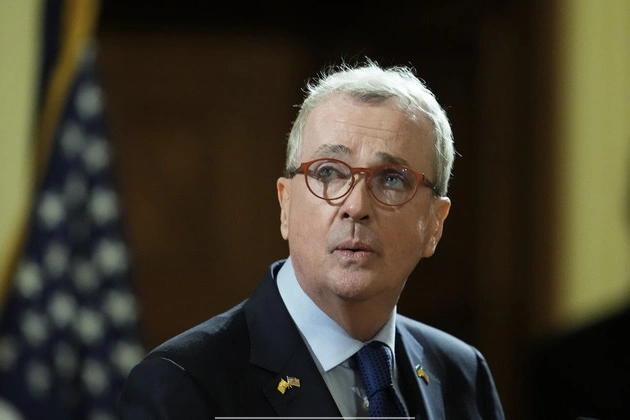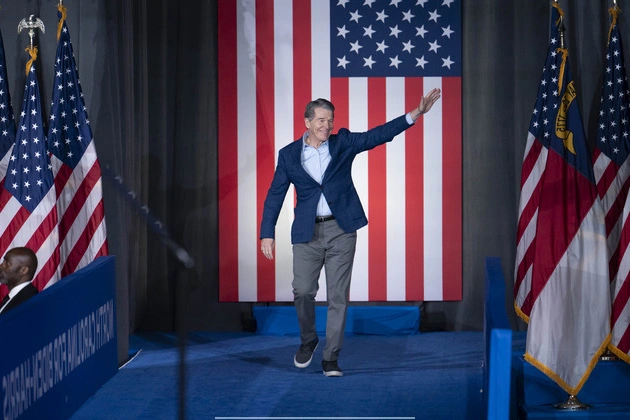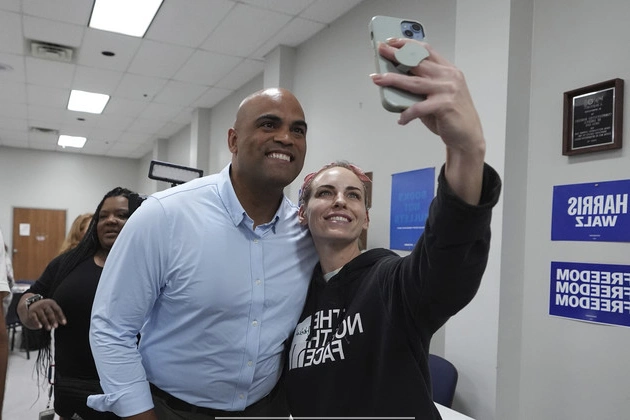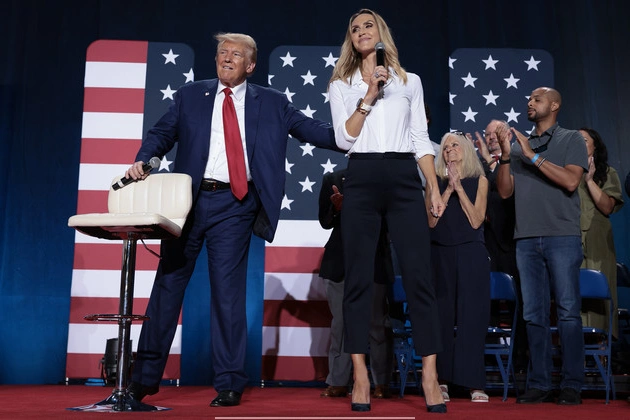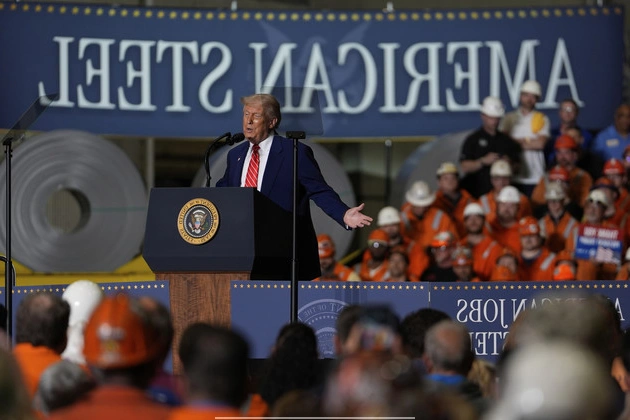
President Donald Trump announced a significant increase in the steel tariff, doubling it to 50 percent to safeguard the US steel industry from foreign competition. This move aims to prevent the influx of billions of dollars worth of foreign steel into the United States.
Background and Rationale for the Tariff Increase
During his first term, Trump imposed a 25 percent tariff on steel under Section 232 of the 1962 Trade Expansion Act, citing national security concerns. Upon entering his second term, he revoked agreements with key allies and tightened tariff regulations, eliminating exemption programs for specific steel products.
Legal Challenges and Court Rulings
Recent court rulings questioned Trump’s authority to impose tariffs under the International Emergency Economic Powers Act, leading to uncertainties about the future of these duties. Despite temporary stays on some rulings, the administration is exploring alternative legal avenues to maintain the tariffs.
Global Trade Implications
Trump’s tariff escalation could complicate ongoing trade negotiations with the EU and other partners seeking relief from steel tariffs. The decision underscores the administration’s commitment to protecting domestic industries but raises concerns about international trade relations.
Looking Ahead
The ramifications of this tariff increase extend beyond domestic steel production, impacting global trade dynamics and diplomatic relations. As the situation evolves, stakeholders are closely monitoring the outcomes and potential resolutions to mitigate trade tensions.
